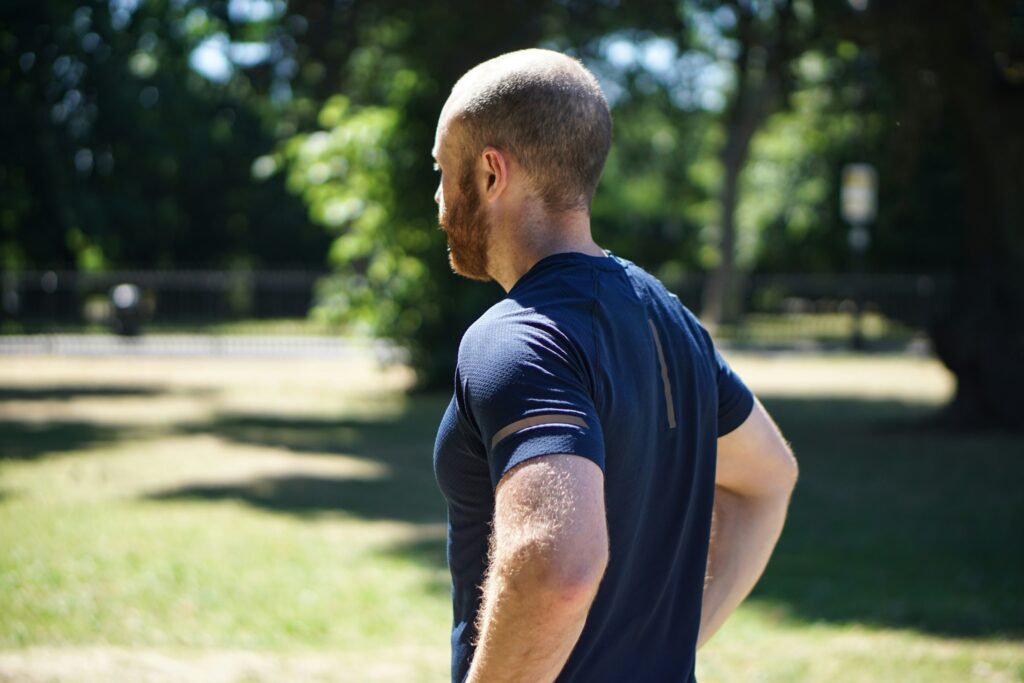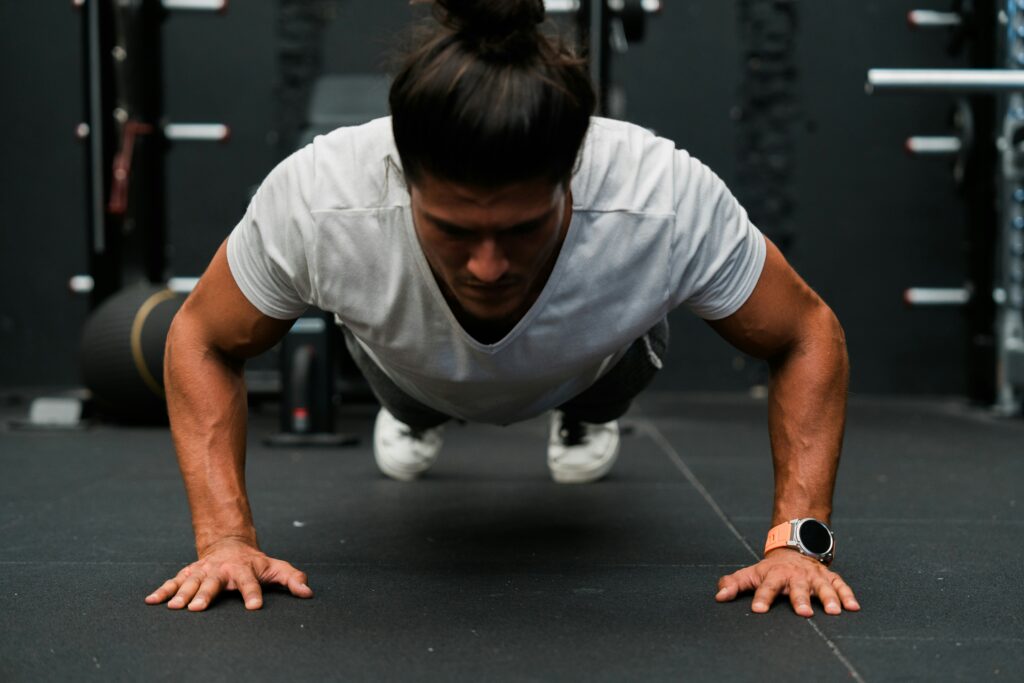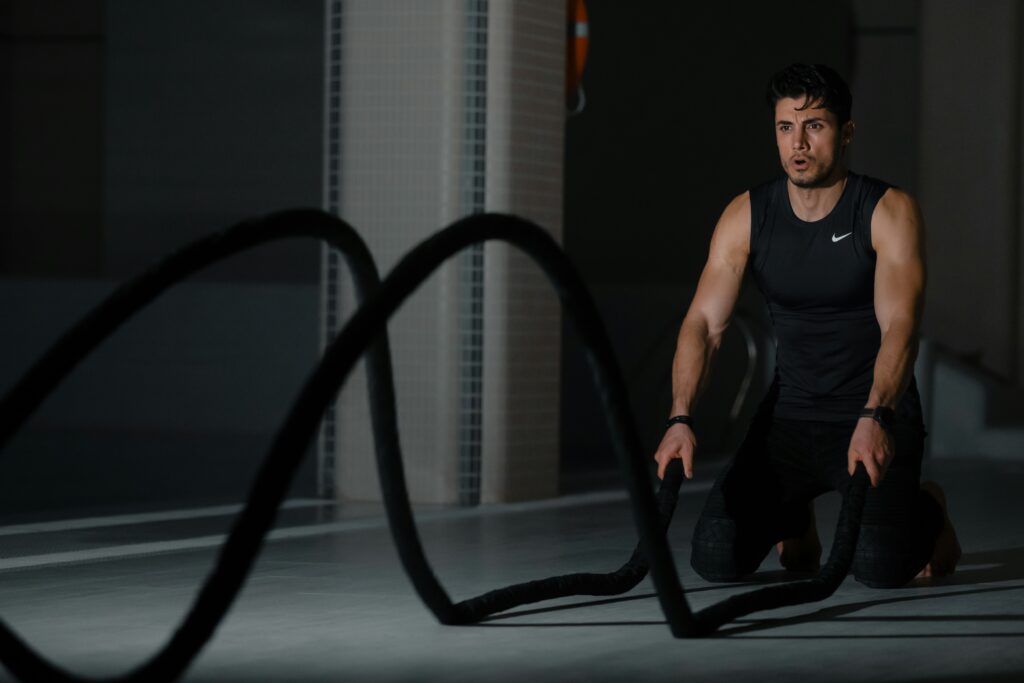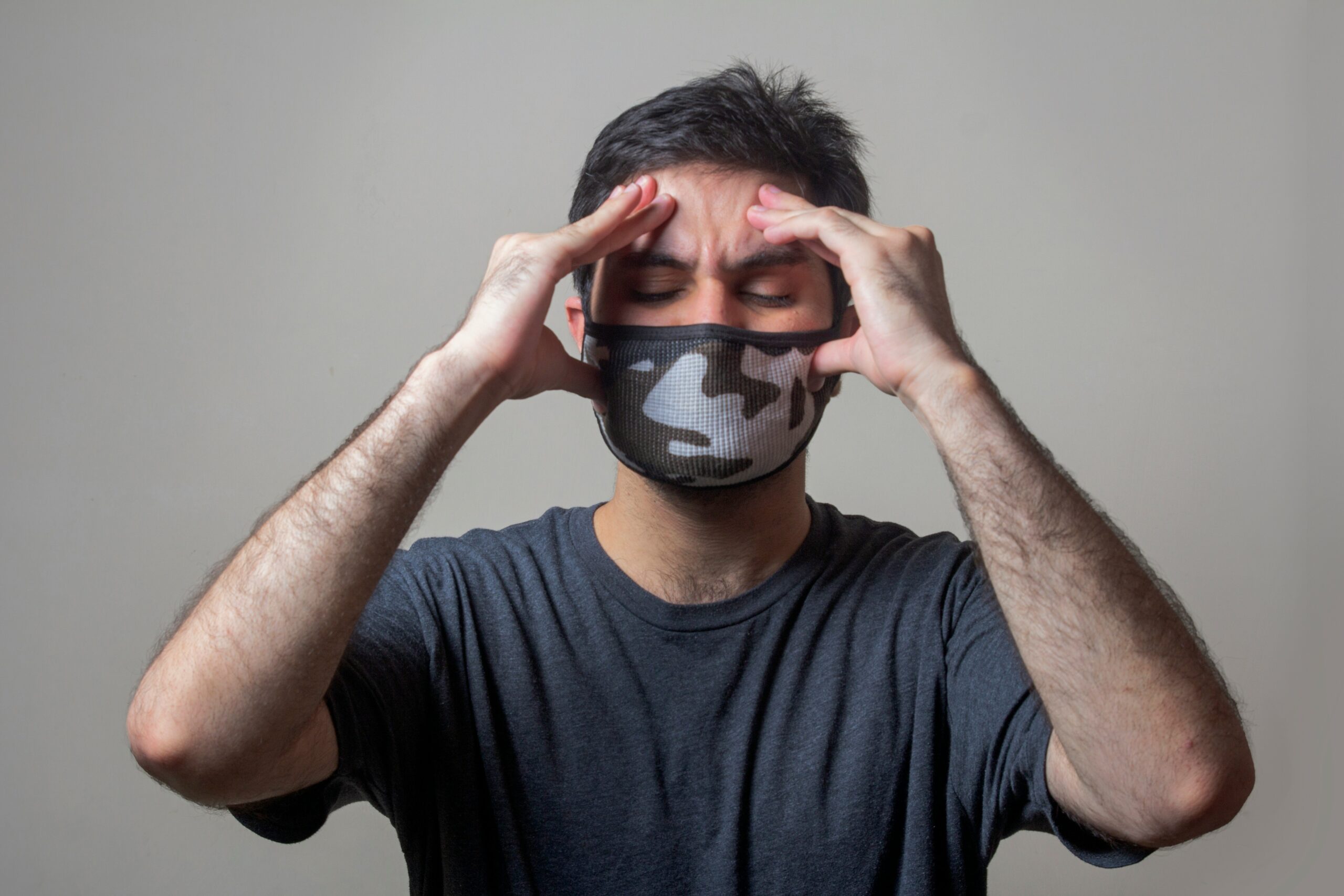As I mature into adulthood, I find that most of my friends and I are becoming increasingly concerned about our longevity and the quality of our physical health. Over the course of the last several years, I have been fortunate enough not to experience any major health issues. Some of my peers have experienced the exact opposite. Unfortunately, many of my friends have passed away as a result of destructive living patterns.

Preserving my quality of life has always been an ongoing goal for me. Motivated by my desire for a high-quality life, I decided to share this article about boosting the immune system. In my opinion, right now is an excellent moment to concentrate on becoming more health-conscious. This is because we need to take much more care of ourselves in order to continue and maintain our fundamental health. Such things, like global diseases, bacteria from other countries, and other similar things, pose a threat to your ongoing health. As the world continues to recover from all of the illnesses that have manifested themselves over the past few years, it is of the utmost importance to pay attention to your immune system as well as all of the components that comprise our health. Our physical well-being is of the utmost significance in our day-to-day activities. Being in excellent health makes it easier and more feasible to perform basic self-care activities. Maintaining the existence of our physical strength and sound mental health, to acheive total well being is a challenge. Take a moment to consider how many systems of the body we all have and you will get the gist of what I mean. The immune, neurological, respiratory, and digestive systems all have an impact on our body.
A large range of conditions creates immunity. Some we can control; while others we cannot. Conversely, even if physical exercise affects immunity, it is vital to understand how the severity of our exercises could affect our ability to resist illnesses. Parts of this article will help us become more knowledgeable on the subject matter of when it is advantageous to exercise, when it hurts, and how to exercise if immunity is a problem.

THE RELATIONSHIP BETWEEN EXERCISE AND OUR IMMUNE SYSTEM
By strengthening our immune system and counteracting the consequences of the immune system’s steady decline, aerobic and strength training are both necessary and beneficial.
But what exactly is the mechanism behind that? During either moderate or strong cardiovascular activity, white blood cells, also known as T cells, are activated as a result of the body’s physical activity. T cells are responsible for fighting infection.
Taking the time to exercise or do physical labor to cause beneficial alterations at the cellular level is a good thing. This is supported by strong epidemiological data, which refers to evidence that is observed at the community level, indicating physical activity is beneficial to our immune systems.

As humans, our vulnerability to sickness follows a curve that is shaped like a middle J. An infection in the upper respiratory tract was found to be
forty percent less likely to occur in people who engaged in moderate physical activity as compared to those who engaged in little to no physical activity. In light of this, it appears that those who do not engage in any form of physical exercise, or who engage in very little physical activity, have a moderate risk of developing an upper respiratory tract infection of the flu or more specific COVID-19 can occur.
In addition, studies have demonstrated that being overweight might have a negative impact on one’s immune system, making us more susceptible to illness. Research, however, has shown that even without weight reduction, regular physical activity helps to reverse several of these effects. Every person’s immune system can benefit from some kind of physical activity regardless of their weight.

WORKING OUT CAN BE HARMFUL SOMETIMES
Individuals who engage in “exhaustive” physical exercise reach the destination of the J-curve. These individuals have a risk of upper respiratory tract infections that is roughly fifty percent higher than the risk of those who engage in moderate levels of physical activity. Due to the fact that COVID-19 is a pulmonary ailment, it is imperative that both athletes and non-athletes pay keen attention.
It is essential to keep in mind that high-intensity and especially long-duration cardiovascular exercise, which is comparable to the training that marathoners and Ironman triathletes undergo, can be detrimental to the immune system. Because they train for longer periods of time and perform more of it, these athletes frequently get a cold or sore throat during their taper. This may be related, in part, to a phenomena that is referred to as the hormesis effect when it comes to training.
According to the hormesis theory, there is a certain level of stress that is considered to be acceptable, and our bodies will adjust to this level of stress in order to protect us from experiencing additional episodes of worry. When there is insufficient pressure, we will not be able to adapt and make progress from exercise; when there is an excessive amount of stress from training, we will not be able to recover, our bodies will be compromised, we will be in pain, and our performance will begin to decline. In other words, there is a spectrum of exercise that is “just enough,” and we don’t want to go too much beyond or below that range.
The immune system is suppressed by single bouts of vigorous exercise, according to the evidence. The discharge of immune cells, often known as lymphocytes, is inhibited, and it appears that other hormones and protein messengers in our bodies are also impacted. It was believed that during the 1980s and 1990s, people would be more prone to become ill as a result of this temporary weakening of the immune system.

According to the evidence, the immune system is suppressed by single bouts of vigorous exercise. The discharge of immune cells, often known as lymphocytes, is inhibited, and it appears that other hormones and protein messengers in our bodies are also impacted. It was believed that during the 1980s and 1990s, people would be more prone to becoming ill as a result of this temporary weakening of the immune system. The more recent research, on the other hand, suggests that this might be different. It is possible that lymphocytes have moved to the lungs, for instance, in anticipation and preparation to “fight the battle” in the case of an infection. This would be in contrast to the possibility that they have been downregulated. On the other hand, given the novelty of this research, it is not simple to provide suggestions with complete assurance.
At any rate, the majority of people are not likely to be concerned about engaging in excessive physical activity. The majority of individuals do not engage in high-intensity exercise, despite the fact that high-intensity interval training (HIIT) programs that can be performed at home are rather popular. Nevertheless, it is recommended that persons who push their cardiovascular exercises into the anaerobic red zone hold back for a few weeks while continuing to exercise during these unique moments. This is one of the best ways to prevent injury.

MY LAST TWO CENTS
We will all benefit most if we exercise 3-5 times weekly for 30 to 60 minutes daily while maintaining our heart rate under 75% of our maximal capacity. To find your maximum heart rate, subtract 220 from your age. This way, you’re improving your immune function, lowering your risk of infection without overdoing it, and putting yourself at risk.

Leave a Reply